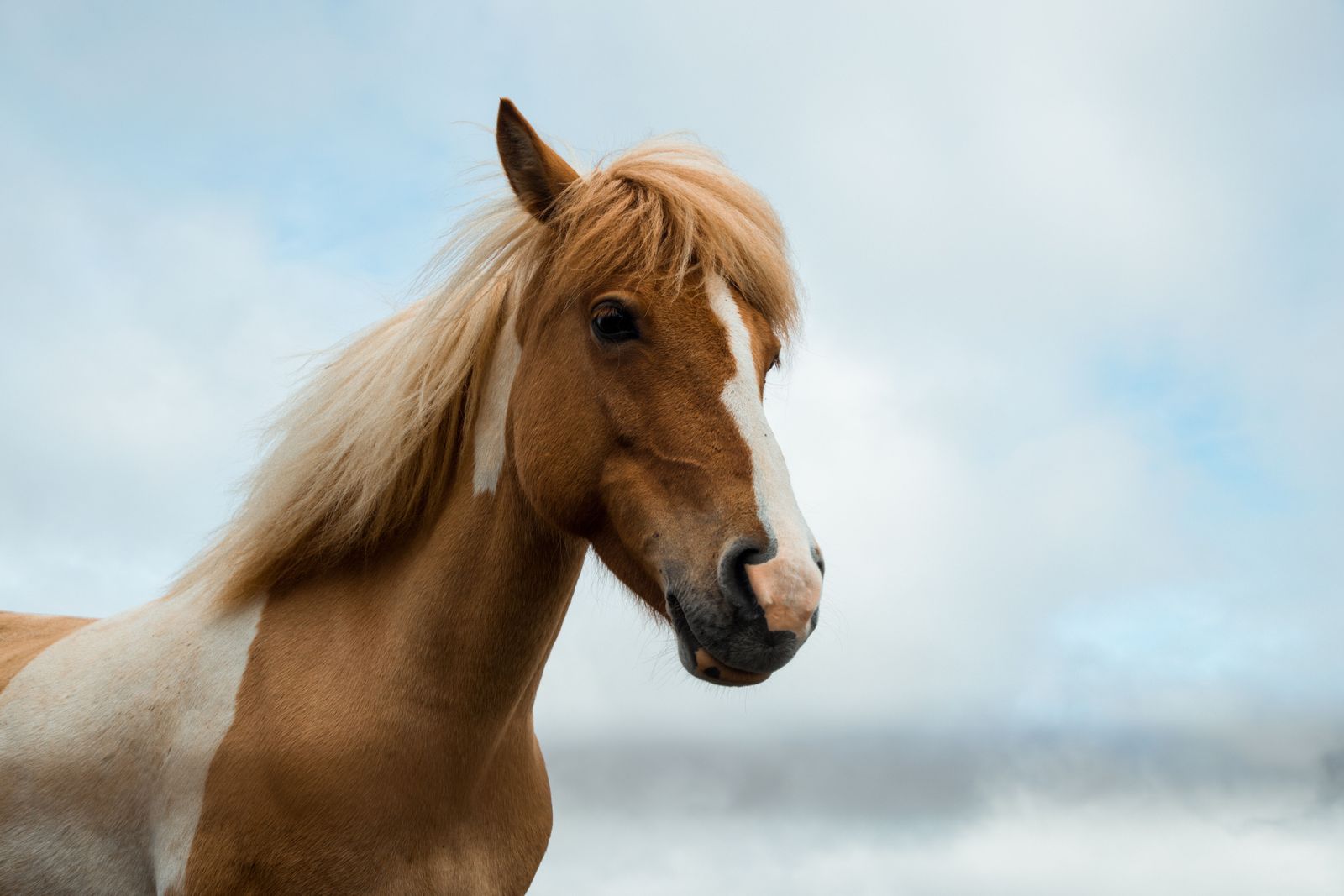Potomac Horse Fever - A rising concern in horses

The summer season brings not only warm weather but also more insects. In North America, July to September is prime time for the breeding activity of various insects, some of which carry diseases that are transmissible to our equine friends. Potomac Horse Fever (PHF) is one such illness that is on the rise across the U.S. PHF has also been reported internationally in Canada, South America, Europe and India.
What is Potomac Horse Fever?
Potomac horse fever is caused by Neorickettsia risticii, a bacteria that lives in freshwater snails, flatworms, and aquatic insects, such as mayflies, caddisflies, damselflies, stone flies and dragonflies. Horses primarily contract PHF from drinking water contaminated with these insects.
The breeding grounds for these insects are often in creeks, ponds, rivers and also in the water troughs and feed tubs in your barn and yard areas. These insects congregate at night and are attracted to light sources like barn and yard lights. They may end up in water troughs and feeding mangers where horses end up ingesting them.
Once infected with Neorickettsia risticii, horses are at risk of developing symptoms of Potomac horse fever, which can be fatal. PHF may also infect dogs and cats, however, cattle appear to be resistant to infection caused by the bacteria.
Watch for these signs in your horse
PHF is an infection that causes inflammation in the small and large intestines. Horses can experience mild to severe, life-threatening symptoms, so early identification of PHF and treatment are critical. Your veterinarian can perform blood and fecal tests to confirm the diagnosis.
If your horse has been exposed to contaminated water or feed from these infected insects, symptoms of PHF typically appear 10-18 days after infection. Symptoms typically include:
• Decreased appetite
• Decreased activity
• Fever (body temperature over 102℉ (41°C)
• Diarrhea
• Colic
• Laminitis
If you have a pregnant mare, take extra precautions as they may be at risk of losing their fetus.
What you can do to prevent PHF
The best way to deal with Potomac Horse Fever is to prevent the infection from occurring in the first place. Here’s a few steps that you can take to reduce the risk of infection:
• Turn off stable lights at night to avoid attracting bugs
• Clean troughs and mangers so insects don’t turn them into breeding grounds
• Don’t pasture horses next to streams or other natural water sources
• Avoid waterways when out on trail rides
Vaccinate for PHF
Check with local horse groups, agriculture agents and your veterinarian to learn if there have been reported cases in your area. Safe and effective equine vaccines are available for PHF, but they do not provide complete protection due to regional variations in PHF. The goal of vaccinating is to reduce the severity of illness infected horses experience. Your local veterinarian can help you decide on the best vaccine and vaccination schedule for your horses.
Is PHF contagious?
Although all breeds and ages may be infected by Potomac Horse Fever, it is not transmitted directly from one horse to another. Subsequently, it is not necessary to quarantine an infected horse.
Treatment
Since PHF is caused by a bacterium, antibiotics are the cornerstone of therapy. Symptomatic therapy is indicated for diarrhea, laminitis, or any other conditions arising as a result of the infection. Any time a horse shows symptoms like those described above, urgent veterinary care is advised. If a PHF infection in a horse is recognized, diagnosed, and treated quickly, the animal’s prognosis is greatly improved.
If you have questions about the presence of infectious diseases in your area or are concerned that your horse may be showing signs of illness, contact an online vet in your area to get the information you need to decide what to do next to keep your horse healthy and safe.




